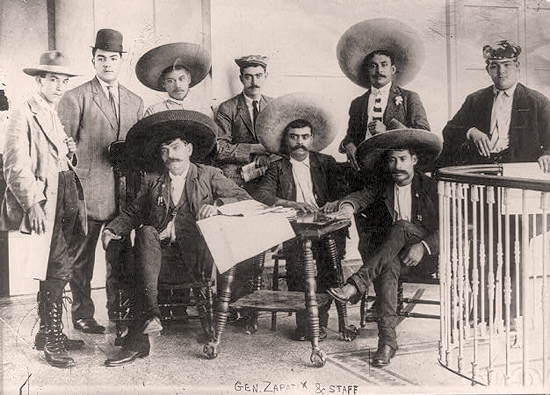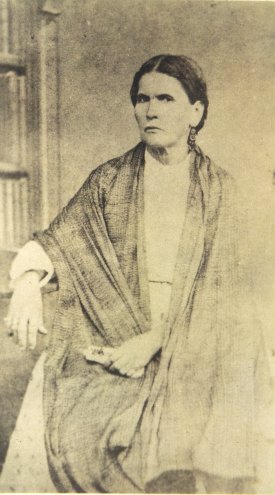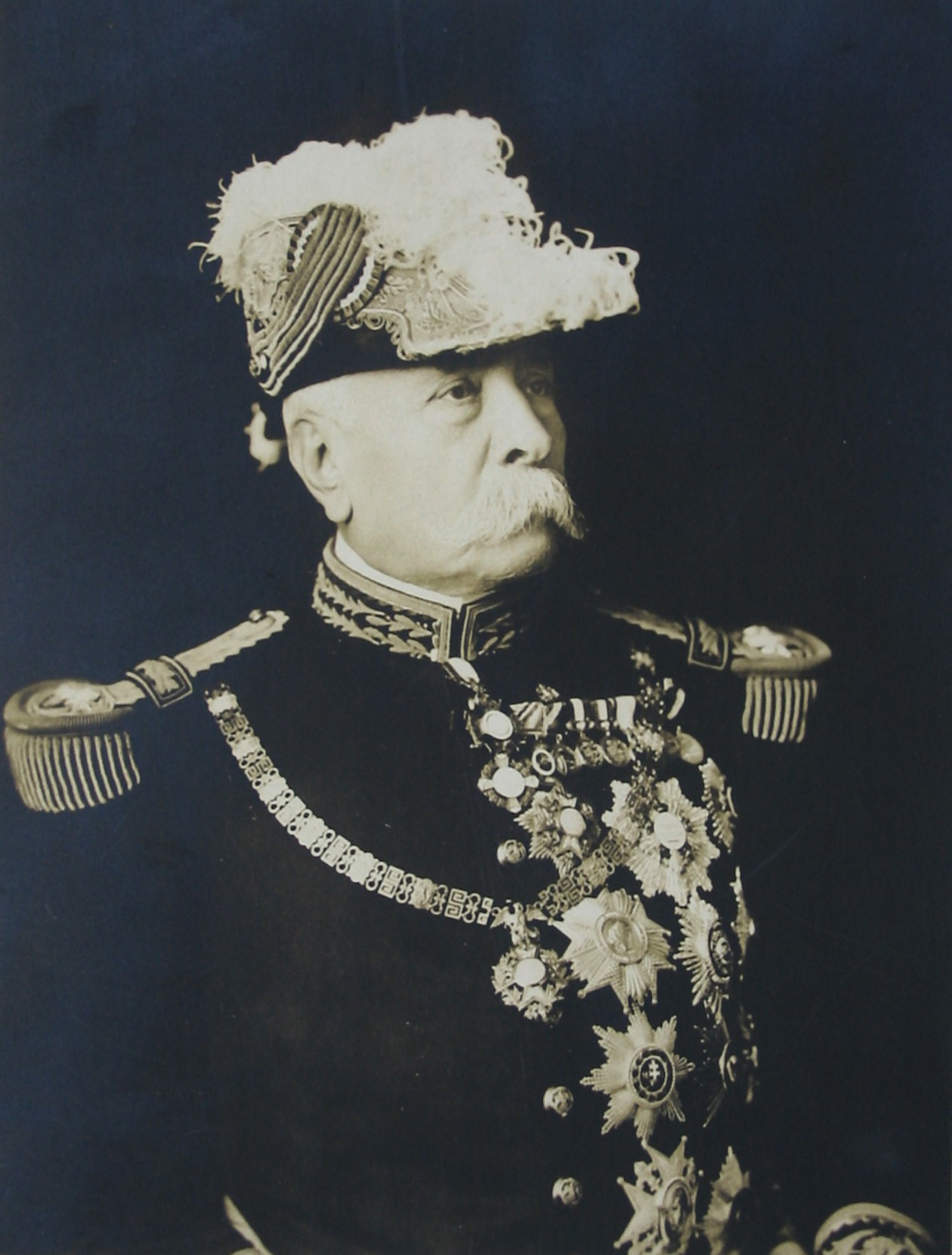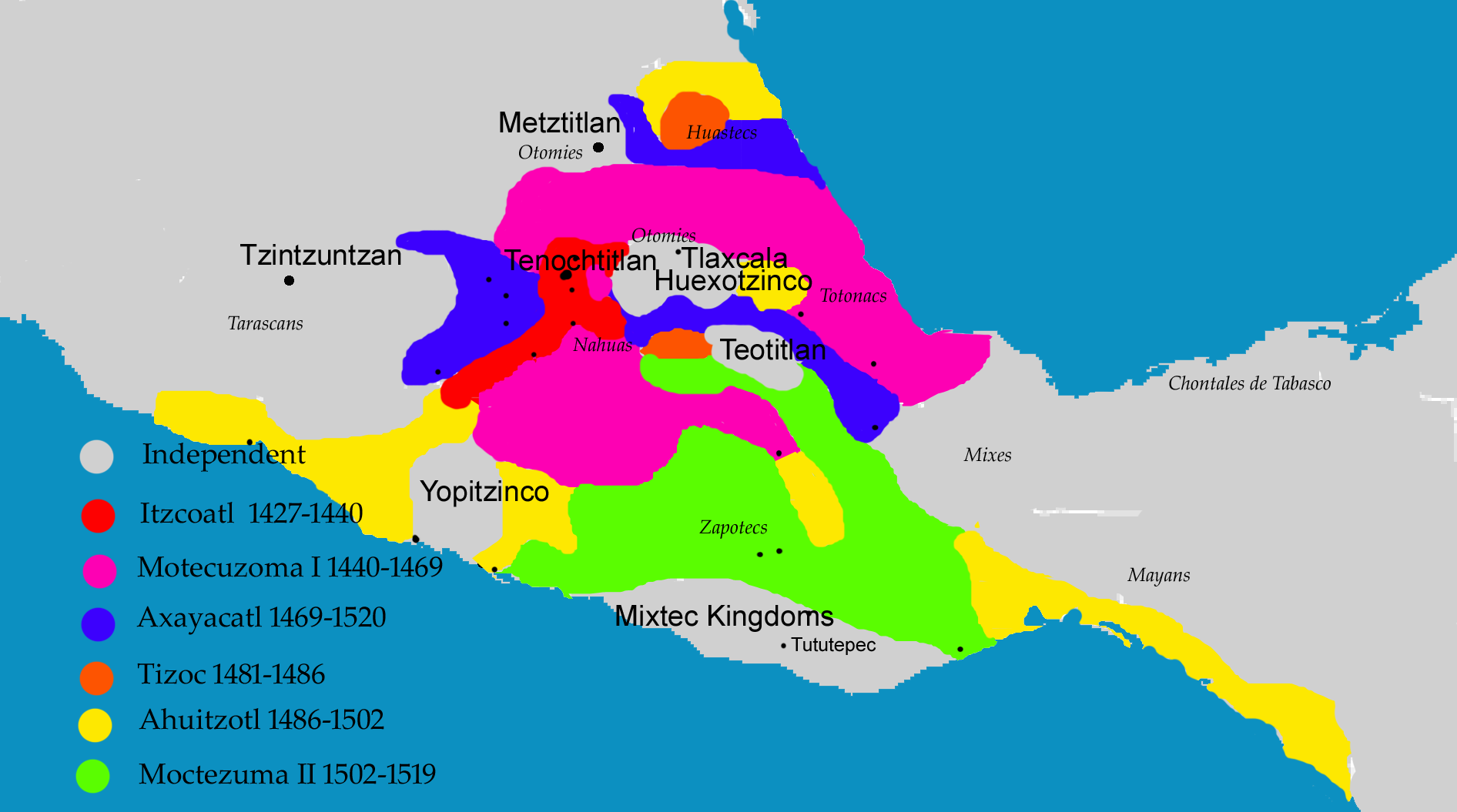|
Zumpahuacán
Zumpahuacán is the municipal seat of Zumpahuacán Municipality. It is a town in the State of Mexico. The name "Zumpahuacán" comes from the Nahuatl "Tzompanhuahcān", which means "place of coral trees" ('' Erythrina coralloides''). Another possible translation could be "place of the skulls of the sacrified". The main welcome sign as you enter the municipality uses this latter interpretation. The town Archeological, anthropological and linguistic studies date human habitation in the area to at least 8000 BCE with the peoples here having cultural and linguistic links to cultures in what is now the state of Oaxaca and later, with cultures of the high central plains of Mexico. The original village was founded in what is now called Pueblo Viejo ("old village") or San Juan Viejo in Spanish and Quilocán ("place of edible herbs") in a flat area surrounded by rocky cliffs and near the Temozolapa River, seven km from the modern village. It is believed that this settlement was founded by ... [...More Info...] [...Related Items...] OR: [Wikipedia] [Google] [Baidu] |
Zumpahuacán Municipality
Zumpuhuacán is a municipality in the State of Mexico. Its municipal seat is also called Zumpahuacán: The area was settled by Mexicas in 1220. Geography It is located between the parallels 99° 27’ 51” and 99° 37’ 32” west longitude, and 18° 41’ 35” and 18° 55’ 22” north latitude. Zumpahuacán borders Tenancingo. It covers a total surface area of 201.54 km2 at an altitude of 6,634 ft. In the year 2005 census by INEGI The National Institute of Statistics and Geography (INEGI from its former name in ) is an autonomous agency of the Government of Mexico, Mexican Government dedicated to coordinate the National System of Statistical and Geographical Information ..., it reported a population of 16,149. Localities As municipal seat, the town of Zumpahuacán is the government of the following surrounding communities: Ahuacatlán (Guadalupe Ahuacatlán), Ahuatzingo, Tlapizalco (Guadalupe Tlapizalco), Colonia Guadalupe Victoria, San Antonio Guada ... [...More Info...] [...Related Items...] OR: [Wikipedia] [Google] [Baidu] |
Tenancingo, State Of Mexico
Tenancingo is one of 125 Municipalities of Mexico, municipalities in the State of Mexico, Mexico. The municipal seat is the town of Tenancingo de Degollado. The municipality is located in the south of the state, in the Tenancingo Valley, just outside the Toluca Valley. The official name of the municipality is only ''Tenancingo'' but the town is Tenancingo de Degollado and is often confused with Tenancingo, Tlaxcala, which is a town in a different state. It is a commercial area known for its production of rebozo, rebozos (a kind of shawl) which have been woven there since the colonial period on both Loom#Back strap loom, backstrap and pedal looms. Several artisans also produce baskets and fine fruit liquors. Tenancingo is the home to more than 200 carpentry workshops that fashion furniture. There are many green houses in the region that produce cut flowers, and the flower industry is Tenancingo's largest source of income. It is the home of the Santo Desierto del Carmen, the name o ... [...More Info...] [...Related Items...] OR: [Wikipedia] [Google] [Baidu] |
Malinalco
Malinalco () is the municipalities of Mexico, municipality inside of Ixtapan Region, is a town and municipality located 65 kilometers south of the city of Toluca in the south of the western portion of the State of Mexico. Malinalco is southwest of Mexico City. Malinalco has always been associated with magic or sorcery due to the legend that it was the home the goddess Malinalxóchitl. The municipality is home to the famed village of Chalma, Malinalco, Mexico State, Chalma, where according to legend, an image of a Black Christ miraculously appeared in a cave that was devoted to the god Oxtoteotl. It is the second-most visited shrine in Mexico, after the Basilica of Our Lady of Guadalupe. The Aztecs conquered the area in the 1470s, and established a sanctuary for their military elite, the Eagle warrior, Eagle and Jaguar warriors. The complex was built on the Cerro de los Idolos (Hill of the Idols), over an older ceremonial site. The main attraction of this archeological site is the ... [...More Info...] [...Related Items...] OR: [Wikipedia] [Google] [Baidu] |
States Of Mexico
A Mexican State (), officially the Free and Sovereign State (), is a constituent Federated state, federative Polity, entity of Mexico according to the Constitution of Mexico. Currently there are 31 states, each with its own constitution, State governments of Mexico, government, Lists of Mexican state governors, state governor, and List of Mexican state congresses, state congress. In the hierarchy of Administrative divisions of Mexico, Mexican administrative divisions, states are further divided into municipalities of Mexico, municipalities. Currently there are 2,462 municipalities in Mexico. Although not formally a state, political reforms have enabled Mexico City (), the capital city of the Mexico, United Mexican States to have a federative entity status equivalent to that of the states since January 29, 2016. Current Mexican governmental publications usually lists 32 federative entities (31 states and Mexico City), and 2,478 municipalities (including the 16 boroughs of Mexico ... [...More Info...] [...Related Items...] OR: [Wikipedia] [Google] [Baidu] |
Aztec Empire
The Aztec Empire, also known as the Triple Alliance (, Help:IPA/Nahuatl, [ˈjéːʃkaːn̥ t͡ɬaʔtoːˈlóːjaːn̥]) or the Tenochca Empire, was an alliance of three Nahuas, Nahua altepetl, city-states: , , and . These three city-states ruled that area in and around the Valley of Mexico from 1428 until the combined forces of the Spanish and their native allies who ruled under Spanish conquest of the Aztec Empire, defeated them in 1521. Its people and civil society are historiographically referred to as the ''Aztecs'' or the ''Culhua-Mexica''. The alliance was formed from the victorious factions of a civil war fought between the city of and its former tributary provinces. Despite the initial conception of the empire as an alliance of three self-governed city-states, the capital became dominant militarily. By the time the Spanish arrived in 1519, the lands of the alliance were effectively ruled from , while other partners of the alliance had taken subsidiary roles. The al ... [...More Info...] [...Related Items...] OR: [Wikipedia] [Google] [Baidu] |
Liberation Army Of The South
The Liberation Army of the South (, ELS) was a guerrilla force led for most of its existence by Emiliano Zapata that took part in the Mexican Revolution from 1911 to 1920. During that time, the Zapatistas fought against the national governments of Porfirio Díaz, Francisco Madero, Victoriano Huerta, and Venustiano Carranza. Their goal was rural land reform, specifically reclaiming communal lands stolen by hacendados in the period before the revolution. Although rarely active outside their base in Morelos, they allied with Pancho Villa to support the Conventionists against the Carrancistas. After Villa's defeat, the Zapatistas remained in open rebellion. It was only after Zapata's 1919 assassination and the overthrow of the Carranza government that Zapata's successor, Gildardo Magaña, negotiated peace with President Álvaro Obregón. Background The Zapatistas were formed in Morelos, a small and densely populated state with a largely agricultural economy. Most inhabitants ... [...More Info...] [...Related Items...] OR: [Wikipedia] [Google] [Baidu] |
Porfirio Díaz
José de la Cruz Porfirio Díaz Mori (; ; 15 September 1830 – 2 July 1915) was a General (Mexico), Mexican general and politician who was the dictator of Mexico from 1876 until Mexican Revolution, his overthrow in 1911 seizing power in a Plan of Tuxtepec, military coup. He served on three separate occasions as President of Mexico, a total of over 30 years, this period is known as the Porfiriato and has been called a ''de facto'' dictatorship. Díaz’s time in office is the longest of any Mexican ruler. Díaz was born to a Oaxacan family of modest means. He initially studied to become a priest but eventually switched his studies to law, and among his mentors was the future President of Mexico, Benito Juárez. Díaz increasingly became active in Liberal Party (Mexico), Liberal Party politics fighting with the Liberals to overthrow Antonio López de Santa Anna, Santa Anna in the Plan of Ayutla, and also fighting on their side against the Conservative Party (Mexico), Conservative ... [...More Info...] [...Related Items...] OR: [Wikipedia] [Google] [Baidu] |
Mexican Revolution
The Mexican Revolution () was an extended sequence of armed regional conflicts in Mexico from 20 November 1910 to 1 December 1920. It has been called "the defining event of modern Mexican history". It saw the destruction of the Federal Army, its replacement by a Liberation Army of the South, revolutionary army, and the transformation of Mexican culture and Federal government of Mexico, government. The northern Constitutionalists in the Mexican Revolution, Constitutionalist faction prevailed on the battlefield and drafted the present-day Constitution of Mexico, which aimed to create a strong central government. Revolutionary generals held power from 1920 to 1940. The revolutionary conflict was primarily a civil war, but foreign powers, having important economic and strategic interests in Mexico, figured in the outcome of Mexico's power struggles; United States involvement in the Mexican Revolution, the U.S. involvement was particularly high. The conflict led to the deaths of around ... [...More Info...] [...Related Items...] OR: [Wikipedia] [Google] [Baidu] |
Cholera
Cholera () is an infection of the small intestine by some Strain (biology), strains of the Bacteria, bacterium ''Vibrio cholerae''. Symptoms may range from none, to mild, to severe. The classic symptom is large amounts of watery diarrhea lasting a few days. Vomiting and muscle cramps may also occur. Diarrhea can be so severe that it leads within hours to severe dehydration and electrolyte imbalance. This can in turn result in Enophthalmia, sunken eyes, cold or cyanotic skin, decreased skin elasticity, wrinkling of the hands and feet, and, in severe cases, death. Symptoms start two hours to five days after exposure. Cholera is caused by a number of Serotype, types of ''Vibrio cholerae'', with some types producing more severe disease than others. It is spread mostly by Waterborne diseases, unsafe water and Foodborne illness, unsafe food that has been contaminated with human feces containing the bacteria. Undercooked shellfish is a common source. Humans are the only known host fo ... [...More Info...] [...Related Items...] OR: [Wikipedia] [Google] [Baidu] |
Smallpox
Smallpox was an infectious disease caused by Variola virus (often called Smallpox virus), which belongs to the genus '' Orthopoxvirus''. The last naturally occurring case was diagnosed in October 1977, and the World Health Organization (WHO) certified the global eradication of the disease in 1980, making smallpox the only human disease to have been eradicated to date. The initial symptoms of the disease included fever and vomiting. This was followed by formation of ulcers in the mouth and a skin rash. Over a number of days, the skin rash turned into the characteristic fluid-filled blisters with a dent in the center. The bumps then scabbed over and fell off, leaving scars. The disease was transmitted from one person to another primarily through prolonged face-to-face contact with an infected person or rarely via contaminated objects. Prevention was achieved mainly through the smallpox vaccine. Once the disease had developed, certain antiviral medications could poten ... [...More Info...] [...Related Items...] OR: [Wikipedia] [Google] [Baidu] |
Axayacatl
Axayacatl (; ; ; meaning "face of water"; –1481) was the sixth of the of Tenochtitlan and Emperor of the Aztec Triple Alliance. Biography Early life and background Axayacatl was a son of the princess Atotoztli II and her cousin, prince Tezozomoc (son of Itzcoatl), Tezozomoc. He was a grandson of the Emperors Moctezuma I and Itzcoatl. He was a descendant of the king Cuauhtototzin. He was a successor of Moctezuma and his brothers were Emperors Tizoc and Ahuitzotl and his sister was the Queen Chalchiuhnenetzin. He was an uncle of the Emperor Cuauhtémoc and father of Emperors Moctezuma II and Cuitláhuac. Rise to power During his youth, his military prowess gained him the favor influential figures such as Nezahualcoyotl (tlatoani), Nezahualcoyotl and Tlacaelel I, and thus, upon the death of Moctezuma I in 1469, he was chosen to ascend to the throne, much to the displeasure of his two older brothers, Tizoc and Ahuitzotl. It is also important that the Aztec calendar stone, ... [...More Info...] [...Related Items...] OR: [Wikipedia] [Google] [Baidu] |







